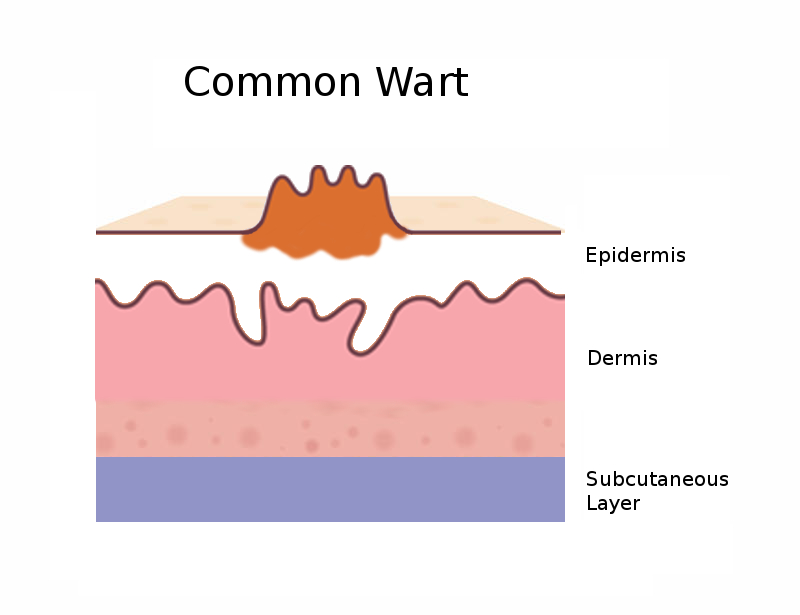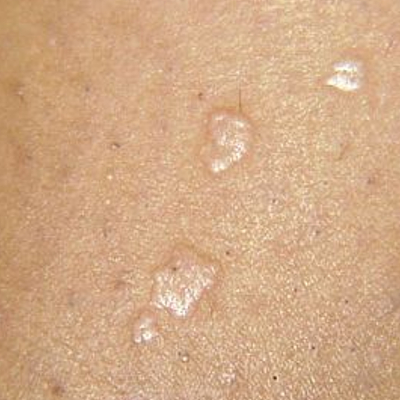Correct uneven skin tone with the award winning Meladerm
Our Cryotherapy treatment is an excellent way of removing isolated sun spots and age spots. However, we are increasingly getting inquiries about the removal of larger areas of uneven pigmented skin as well as pigmented areas very close to the eye. In such cases Cryotherapy may not be the best option and we are therefore recommending that our customers try Meladerm.
Meladerm has been around for years, but has recently gained attention and was voted no.1 Skin Lightener by skincarecop receiving 13648 online votes. It not only works to even out pigmented skin caused by sun damage, but can also be used to reduce scarring.
Meladerm is a natural product unlike other skin lightening creams and contains none of the harmful or irritating ingredients such as hydroquinone, parabens and steroids, making it a good choice for people with sensitive skin. The company, Civant Skin Care, who manufactures Meladerm, states that initial results can be seen after just two weeks and that with daily use an even complexion can be achieved over the course of two to three months.
But don't just take our word for it. Try it risk free for 30 days.
The effects of applying low temperature to the skin gradually increases as the temperature drops. Initially proteins and lipids, as well as the metabolism of the cell is altered. As the temperature drops below 0°C, first the water outside the cell begins to crystallise, causing the cell to dehydrate. At temperatures below −20°C, the water inside the cell starts to crystallise, and at −40°C intracellular ice formation is certain.
At the clinic, the agent used for cryosurgery is N 20, a gas which has been adopted as an alternative to liquid nitrogen. Cryosurgery is a safe, non-invasive treatment for unwanted skin growths and blemishes. Immediately during and after the treatment, you may feel a stinging sensation as the tissue is frozen and thawed. Some may only notice this during the treatment, for other this sensation may linger for a few hours after, especially if multiple lesions were have been treated in the same area. A mild analgesic ointment can be applied to relieve the sensation.
Cryosurgery (meaning cold handiwork) is also known as cryotherapy, cryocautery, cryocongelation and cryogenic surgery. Cold therapy has a long history of being used for analgesia and anti-inflammatory purposes, going as far back as the ancient Egyptians. However, during the past 200 years, it has evolved into a more specific use, namely the destruction of tissue in dermatology.
Most individuals will experience some form of hyper-pigmentation during their lifetime. Hyper-pigmentation can take many forms, but is essentially an overproduction and an abnormal distribution of pigmentation, usually melanin. Thankfully, there are many treatments on offer to reduce and/or remove such pigmentation. At my clinic in East Finchley, I have successfully been removing sun, age and liver spots with cryotherapy for several years.
This articles has been put together to give you an overview of the different types of hyper-pigmentation and to help you make the right choice when it comes to treating this condition.
As skin becomes older changes start to happen. It is common for skin to become dryer, thinner and less elastic as well as for fine lines to appear. Sun exposure can speed up changes in the skin, and be a factor in age related changes such as unwanted dark patches, roughness and wrinkles. Here we take a look at the most common skin growths found on ageing skin.
Warts can take on many different appearances. Here is a slideshow of the most common types of warts as seen from a side view.
Recently a client visited the clinic with what appeared to be flat warts around the nose, forehead and eyes. However, after a closer inspection an alternative diagnosis was considered. Flat warts can easily be mistaken for other skin conditions. Here we take a look at flat warts and compare them to two other very common skin condition.
Cherry angiomas, as they are most commonly known, are little clusters of broken blood vessels on the skin. They usually look like domes ranging in colour from bright red to purple, however they can also appear flat. They usually start out very small, the size of a pinprick, and grow larger over time. Cherry angiomas are harmless, however some people go on to have them removed due to cosmetic reasons.
Research has yet to find a concrete cause of cherry angiomas. However, it has been linked to pregnancy, climate, toxins and ageing. Some people are also thought to have a genetic predisposition for developing these type of lesions.
Warts are caused by a common virus. With over 100 different types of the wart virus, most people will have at least one type of wart in their lifetime. Warts will usually disappear on their own in time. However, just one wart can quickly multiply, as warts are spread by direct contact. In particular, picking at or accidentally cutting the wart with a razor, can make the wart spread very fast.
Thankfully there are many options available to remove warts. The list below will cover home remedies as well as professional wart removal treatments available.












The majority of warts have a very distinct appearance, looking like little rough bumps usually round in shape and less than one centimetre wide.
However, one type of wart which can often be confused with a skin tag is the filiform wart. The filiform wart is caused by a subtype of the HPV virus. More than 70 subtypes of the HPV virus are known, each causing different types of warts on different parts of the body.